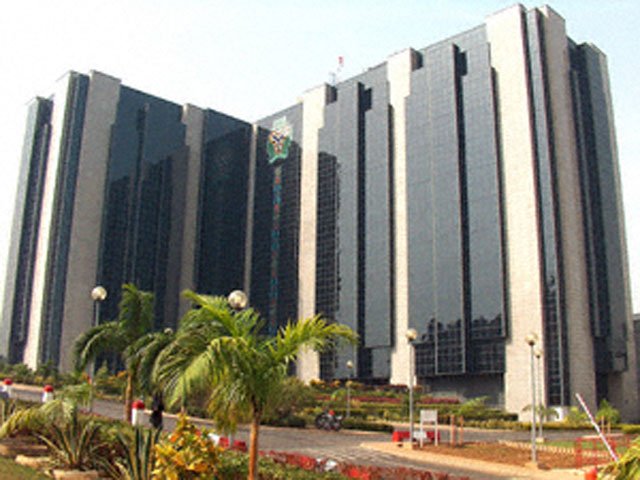New data on the website of the Central Bank of Nigeria (CBN), shows that the nation’s external reserves pool continued its steady decline, falling to $45.875bn on August 30, 2018.
The reserves level is down $1.243bn or 2.63% from $47.119bn at the end of July.
The reserves have therefore dropped by $1.989bn or 4.16% from the $47.865bn reported on May 10, 2018.
The continued decline has come with the exit of foreign portfolio investors from the financial markets for safety, particularly through the CBN’s Investors & Exporters’ window ahead of the 2019 general elections thereby allowing investors to bring in and repatriate their funds whenever they desired. The I&E window has therefore boosted investor confidence.
The declining reserves could however be linked to the sustained efforts by the apex bank stabilise the value of the Naira and reduce exchange rate volatility in the past several months when the currency had traded within the N360-365/$1 band.
Year-on-year, Nigeria’s external reserves.
However, on a Quarter-to-Date basis, the reserves were down by $669.458m, or 1.42% from $47.788bn on June 30, 2018; while year-to-date, the level is still up $7.11bn, or 18.34% from $38.765bn as of December 29, 2017.
Meanwhile, year-on-Year, Nigeria’s reserves has grown by $14.049bn, or 44.15% from $31.826bn on August 30, 2017.
In a note to clients at the end of Friday’s trading, analysts at Cordros Capital noted the weakening of the Naira against the US$ in both the I&E FX window and parallel market, by 0.08% and 0.28%, to NGN362.64 and NGN361 respectively, even as “the USD/NGN pair in the IEW touched its lowest in 13 months mid-week, at NGN363.06, while total turnover in the window stood at USD986.24m, with 99.81% of trades consummated within the NGN360-369/USD band.”
On the continued decline in the foreign reserves to $45.87bn, “below the $46bn mark for the first time since March 23rd.”
Despite the continued decline in the foreign reserves, “our outlook for the FX market remains stability, as oil prices continue to rise and production remains fairly supportive, aiding inflow of oil revenues, which provide the apex bank sufficient legroom to sustain its interventions in the currency space.”
Trending Today
Menu








